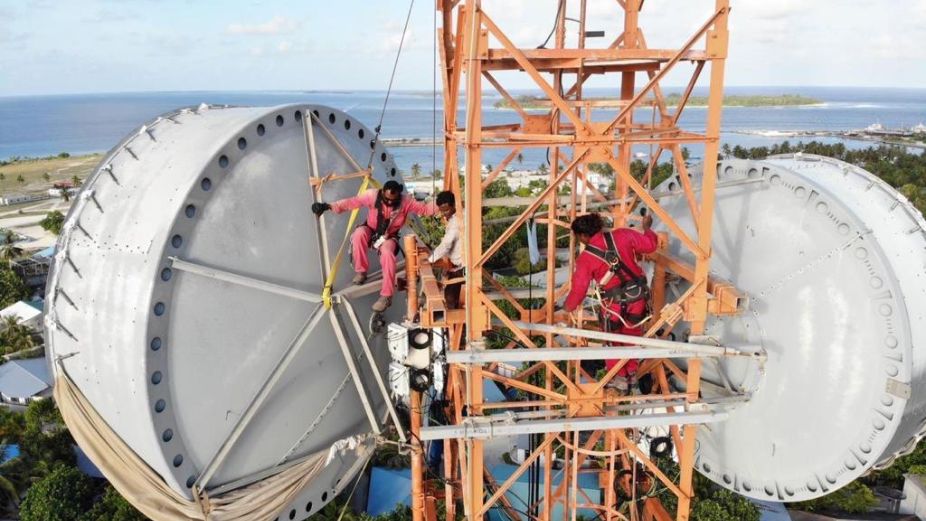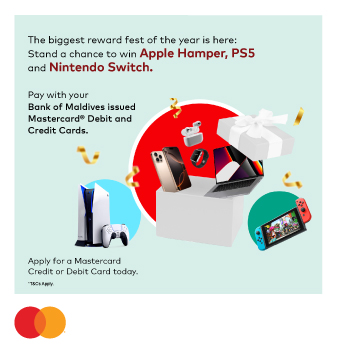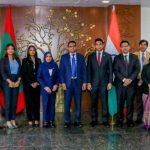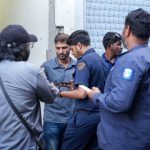
By the time Ooredoo crossed its tenth year in the Maldives, mobile phones had become a fixture in everyday life. But the company wasn’t content with simply offering faster speeds or broader coverage. Its second decade would be about something deeper: inclusion, access, and reimagining what a telecom company could be.
In 2015, Ooredoo introduced green technology to its network with Huawei’s Easy Macro, designed to reduce environmental impact while enhancing user experience. That same year, it partnered with Facebook to bring Free Basics to the Maldives, offering free access to essential online services. It also kicked off the Nationwide Submarine Cable Project, laying the physical foundations for high-speed access across the islands.
But 2016 was a turning point. The company launched m-Faisaa, the Maldives’ first mobile money platform, and SuperNet, its fixed broadband service. Mobile number portability arrived, and the Ooredoo Smart Campus initiative began. These weren’t just new offerings; they were tools that brought more people into the digital economy. That year, Ooredoo converted into a public limited company, a marker of both financial growth and public trust.
From 2017 to 2020, Ooredoo expanded its reach, but also its relevance. It launched a nationwide 4G+ network and rolled out customer-centric innovations like Magey Plan, Ooredoo Next, and Ooredoo Faseyha. It broke ground on a flagship building and began trading on the Maldives Stock Exchange. Partnerships with UNDP and HDC around Smart Cities signalled its growing role in the national development conversation. At the same time, community events like the Colour Run and Mas Race became cultural staples, reminders that digital transformation could also be joyful and inclusive.
As the pandemic swept across the world in 2020, Ooredoo quickly adapted. It donated over MVR 2.5 million in aid, provided intubation boxes for hospitals, and enabled remote education by offering free internet for students and teachers. Moolee, its e-commerce platform, became a lifeline for contactless delivery, and it introduced the country’s first sign-language customer service hotline. FlexiWork plans, bill flexibility, and platforms like QuickPay helped businesses and households adapt to a new, uncertain normal.
The years that followed saw a wave of new investments in infrastructure and experience. Ooredoo launched the Maldives’ first Tier 3-ready data centre, introduced data rollover, expanded SuperNet broadband, and brought voice-over-Wi-Fi and LTE roaming to local users. Ooredoo enhanced its AI customer care assistant, launched Ooredoo Nation virtual gaming tournaments powered by 5G, and expanded its domestic submarine cable network.
Then came the company’s 19th anniversary, and with it, a new kind of celebration. Ooredoo launched the Digital Island initiative in N. Landhoo, partnered with TikTok and with its global ambassador Paris Saint-Germain hosted coaching camps, virtual tournaments, and freediving safety events. The Guinness World Record for the world’s largest underwater panel discussion became a symbolic milestone, not just a technological feat but a statement of possibility.
In 2024 and 2025, Ooredoo deepened its investment in people. It donated MVR 16 million worth of air ambulance equipment to the government and partnered with Harvard University to deliver leadership development programmes for its staff. Events like the Fun Run expanded to more islands. With 5G coverage now reaching 80 percent of the population, the infrastructure is firmly in place for what comes next.
Two decades in, Ooredoo is no longer simply a telecom operator. It is a digital partner, a platform, a community catalyst. From connectivity to commerce, from health to education, it has helped the Maldives move not only faster but forward.









